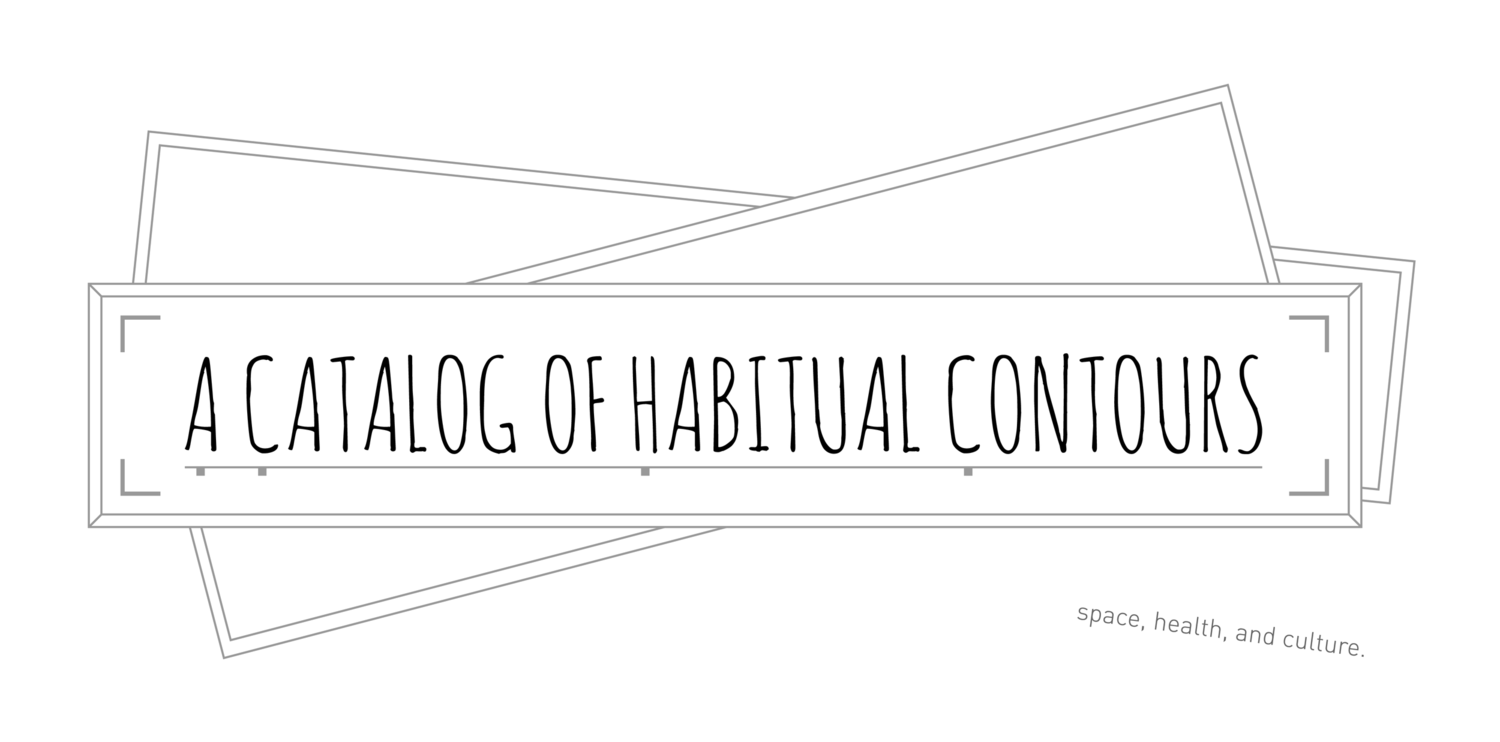Underground Hospital: Combat Medics in the Trenches of the Eritrean Struggle for Independence
Guerrilla strategy sustained the Eritrean People’s Liberation Front (EPLF) during the Eritrean Armed Struggle for Independence (1961-1991) against Ethiopia, which was backed by the Soviet Union and the United States. Amid challenges like insufficient provisions, arms, and medical instruments in a hazardous mountain geography in the rural town of Nakfa, the EPLF (Eritrean People’s Liberation Front) constructed underground trenches complete with schools, armories, and garages; its centerpiece was an underground hospital called ‘Orotta.’ Here, combat medics or agar Hakaim - “barefoot doctors” in the Eritrean language of Tigrinya - developed situationally-appropriate medical practices in order to manage life threatening injuries caused by the advanced weaponry Ethiopia received from its powerful Western allies. This installation invites participants to sensorially experience the trench as an agar Hakim — navigating the socioecological features of the underground habitat that shaped their medical practices.
Based on Dina M. Asfaha’s Anthropology Dissertation project: “Underground Hospital,” this installation is a collaboration between Dina M. Asfaha, University of Pennsylvania Anthropology doctoral candidate, Randy Burson, MD-PhD candidate at the Perelman School of Medicine and Department of Anthropology, and me. This project was partially supported by the Sachs Program for Arts Innovation and the Center for Experimental Ethnography at the University of Pennsylvania.
The making of the Trench





